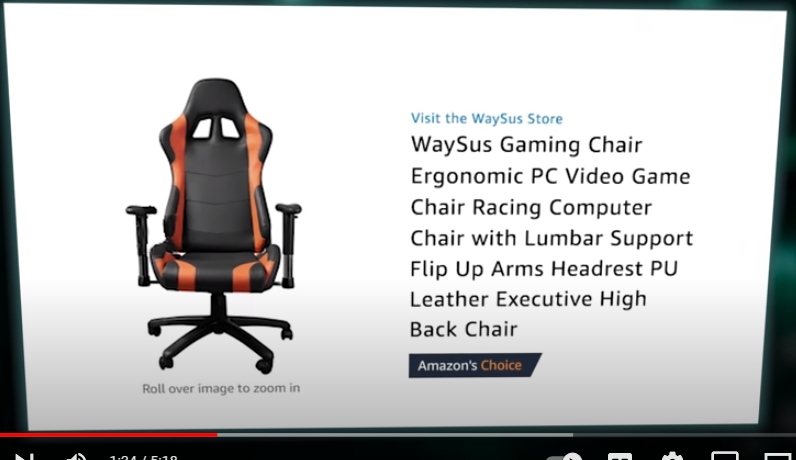Marketers love using emails and texts to be in contact with customers. It's so cheap and easy to get messages out that some abuse the channels and send out daily messages. Even worse, some send out multiple messages a day, which just crowd a customers' inbox and make them start tuning out those messages.
One of the biggest offenders on this front is the Gap family of brands. As the umbrella organization comprises not just Gap but also Banana Republic, as well as the "Factory" versions of both those brands, on top of Old Navy and Althea, it sends me a minimum of three and sometimes even five emails each and every day. So, yes, I tune most of them out now.
But the one pictured above caught my eye. Can you guess why?
Are you motivated to make a purchase because a brand lets you know that you have free money to spend that amounts to just $0 in rewards? In other words, your purchasing power is unchanged from what you thought it was before.
It's all too obvious that Old Navy is attempting to personalize the offer not just by using my name but by trying to tempt me to make a purchase that will be discounted by my rewards. As the algorithm is not programmed to discard that message for customers without a reward balance, we get a message that shows not all personalization necessarily fits your marketing message.
A bit later I got this email that made a similar mistake in a PR pitch. Notice how the personalization is worked in without regard for understanding how we address people in real life:
"Setting up your business remotely during Great Resignation
|   | |||
| ||||
Hi Brown, Ariella Team,
I have a story I think Brown, Ariella would want to cover about a firm that can help businesses
affected by “The Great Resignation,” which is continuing with 4.3 million resignations in
December 2021 alone (1).
One other nitpick I have is that it refers to the Great Resignation continuing by citing the numbers from December 2021. As we are in March now, that is a non sequitur. Instead of presenting the sentence in this order the text should have started with the December stat and then say that the trend continues in 2022, possibly with its own sentence set up this way: In December 2021 alone 4.3 million resigned from their jobs, and "The Great Resignation" trend is continuing in 2022, raising concerns for businesses that want to retain their employees.
Related:
MAJOR MARKETING MISSTEPS FROM ADIDAS, M&M'S AND COKE















